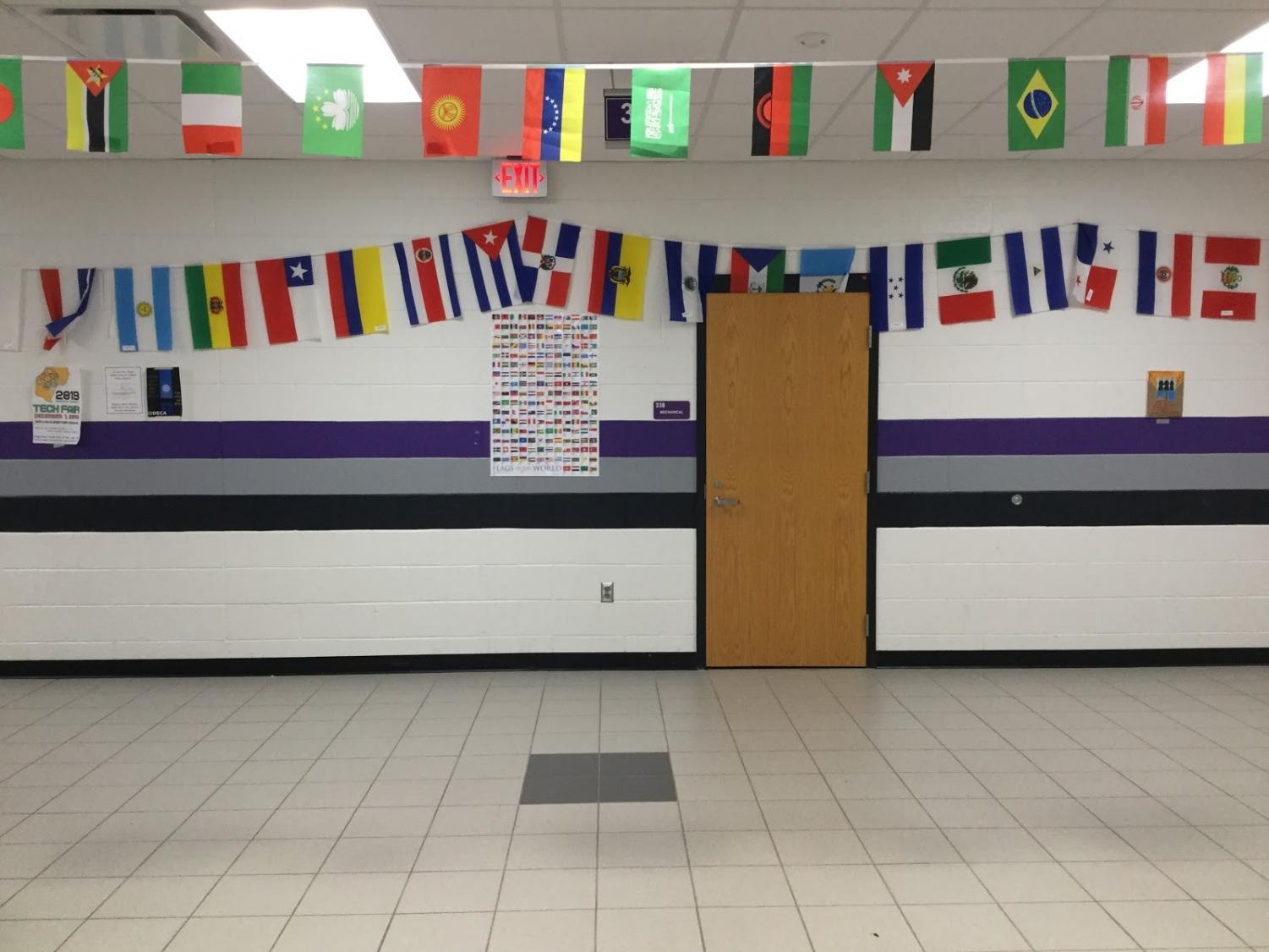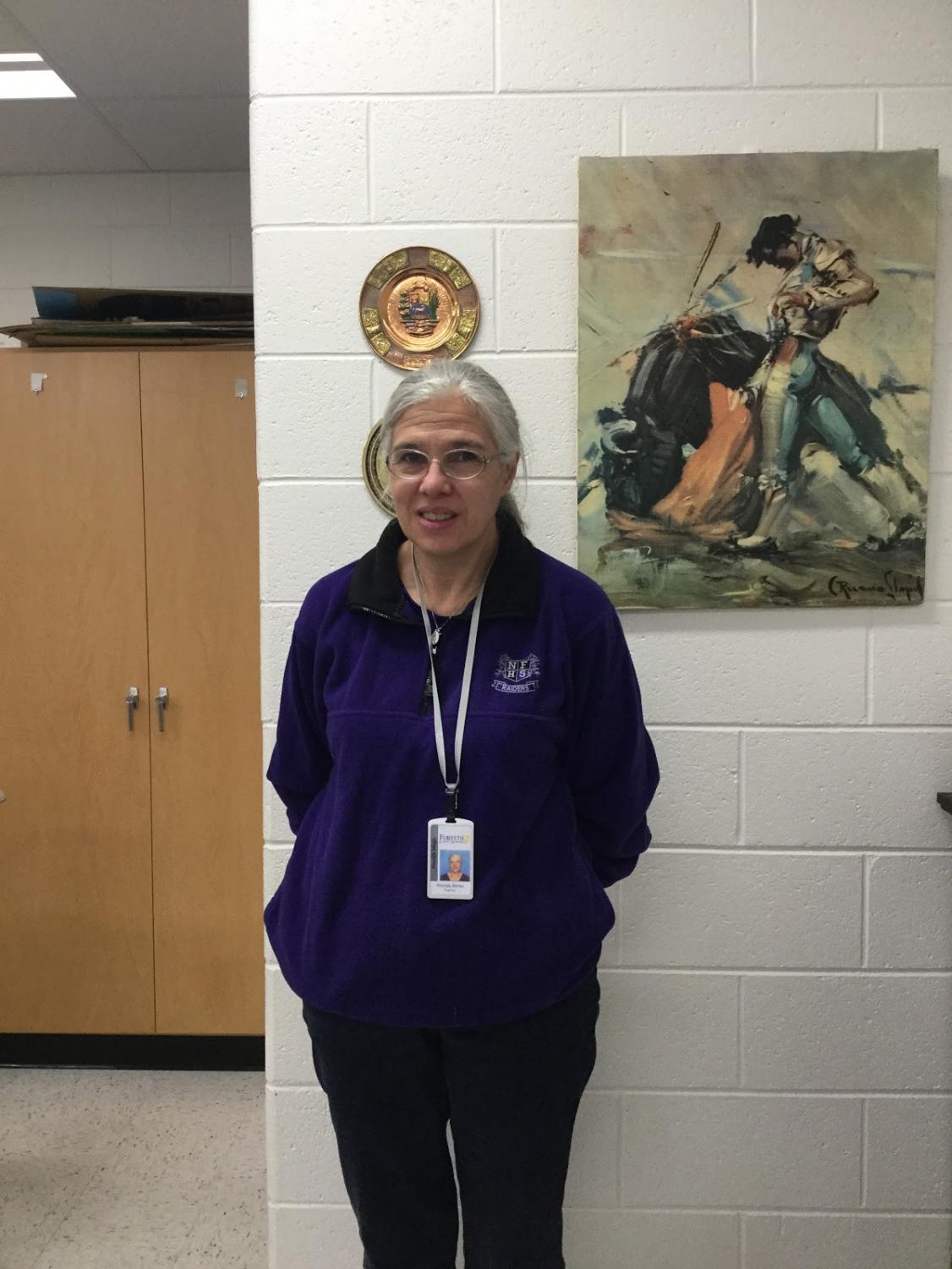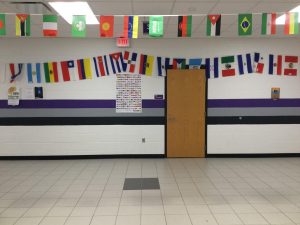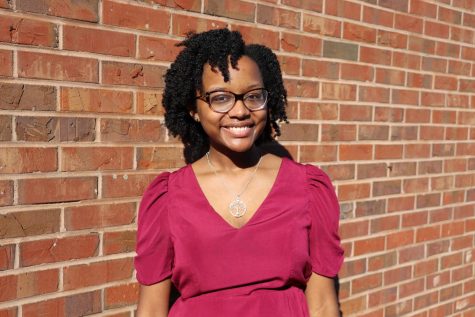The Issue With Language Learning in America
December 4, 2018
Modern day high school students across America are required to take a foreign language once in their four years. Most four-year universities, however, require applicants to take a world language for two years whilst more prestigious universities and colleges such as Stanford or Harvard recommend three to four. Counter intuitively, many American adults cannot speak a second language–this is excluding first-generation Americans and immigrants. External factors such as location, funding for educational programs, or immigration mainly influence this disadvantage to the American culture and economy.
In an interview with Rhonda Abreu, one of NFHS’ Spanish foreign language teachers, she discussed the reasons behind the lack of bilingualism in America. Abreu cites “communication” and an increase in proficiency in “international relations and business” as positive motivations for learning a second language. In terms of how she learned it, she details that she “studied abroad [and used] immersion” to learn Spanish at a faster rate. Out of the total number of students she has taught in her career, Abreu recalls that “few [have] reached high proficiency,” defined as using the words you may know in order to convey a complex message, paraphrased from her own words, and most are in Level IV Spanish.
The interview with Abreu also included the impact of American language learning on economy, business and the current political and social climate, which may spark interest to North Forsyth’s DECA and FBLA student members. Abreu states that “‘critical languages’ change due to international relations,” examples including the Cold War with the Russian language, the Korean War and Korean and Cuba-United States relations and Spanish. As for the Cold War, Russian would have proved useful for American spies to hear information. Otherwise, she cited that popular culture such as Luis Fonsi’s groundbreaking hit ‘Despacito’ as an example. Popular culture, or the cultural practices of a mass group, may aid in language learning to students as interest in media could spawn interest in other facets of Hispanic/Spanish culture.
According to my own minimal anecdotal experiences, many students in foreign language classes enroll for the graduation credit requirement for foreign languages and not to genuinely learn. Additionally, the presence of English in most gathering places here such as shopping malls and restaurants rob language-learners of the opportunity to practice their language through interaction with native speakers, which further hinders the development of language skills. In terms of the environment, Americans do not have an urgent need to learn a language since many states, including Georgia, are linguistically landlocked from other languages like Spanish and, especially, other foreign languages like Arabic or Chinese (Mandarin, Cantonese, and other languages). Speaking of being linguistically landlocked, the summer time plays an evident role in dampening students’ skills in nearly every subject area. In regards to language learning, the most important saying is ‘if you don’t use it, you lose it,’ and sadly, that happens often with teenagers and students. Finally, I think there is an issue with memorization… and I myself, an active individual language learner, tend to memorize certain words for related projects for the grade.







